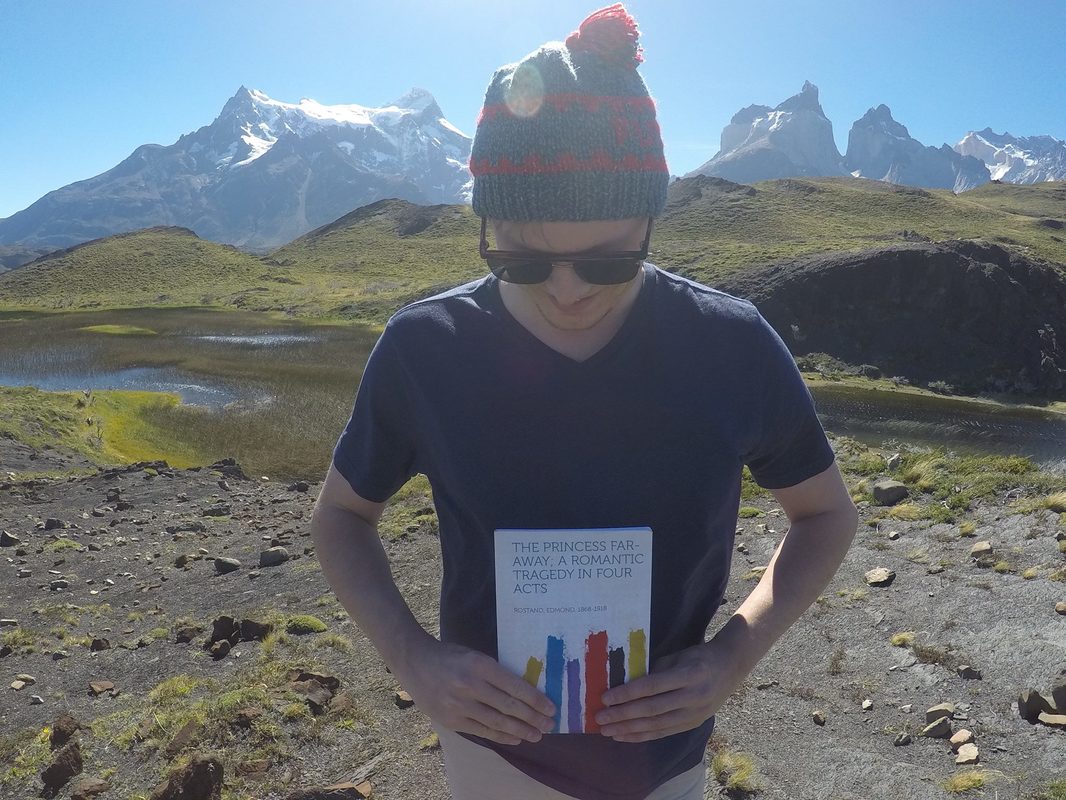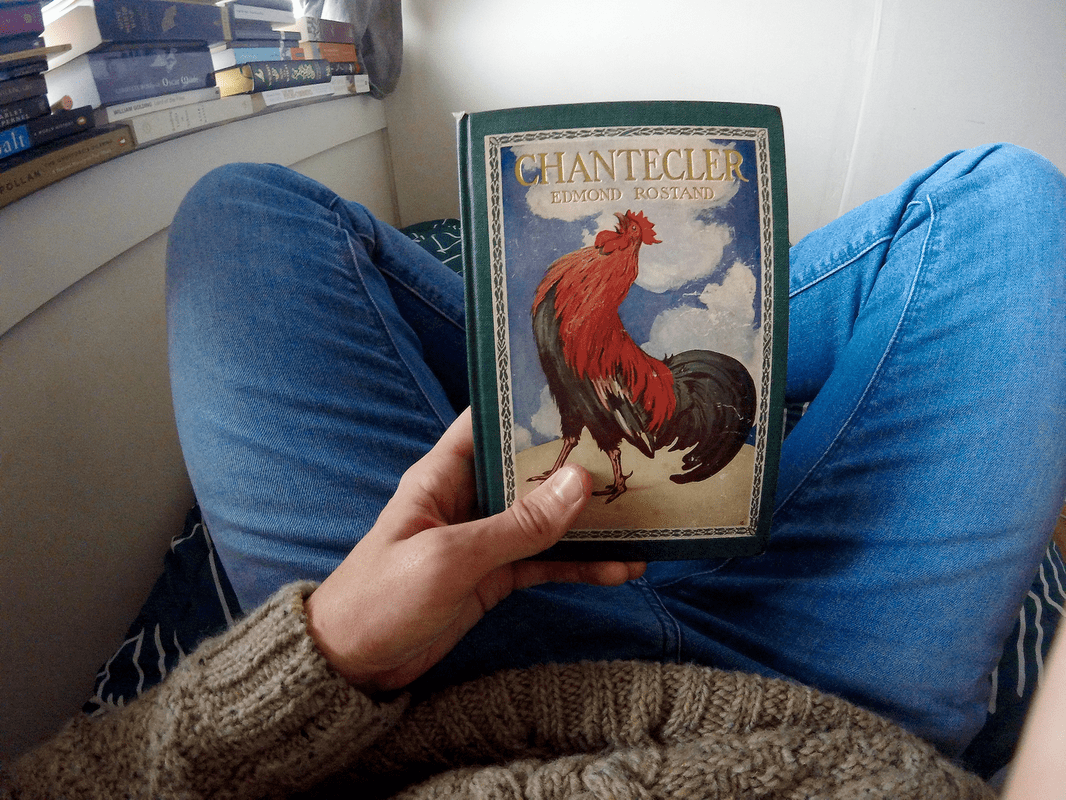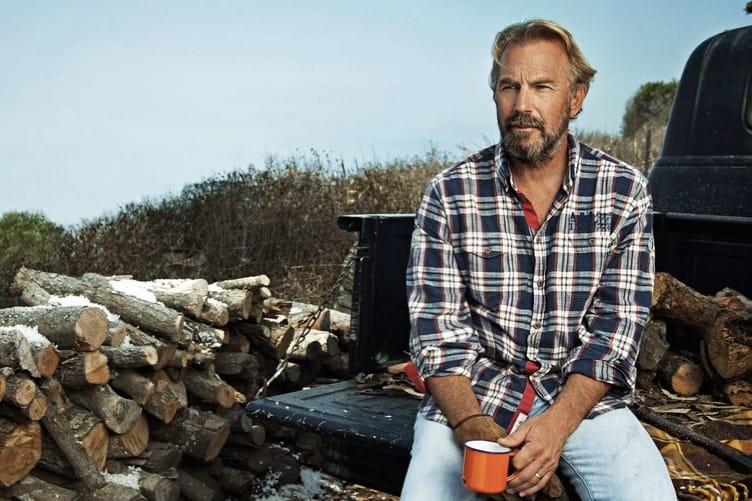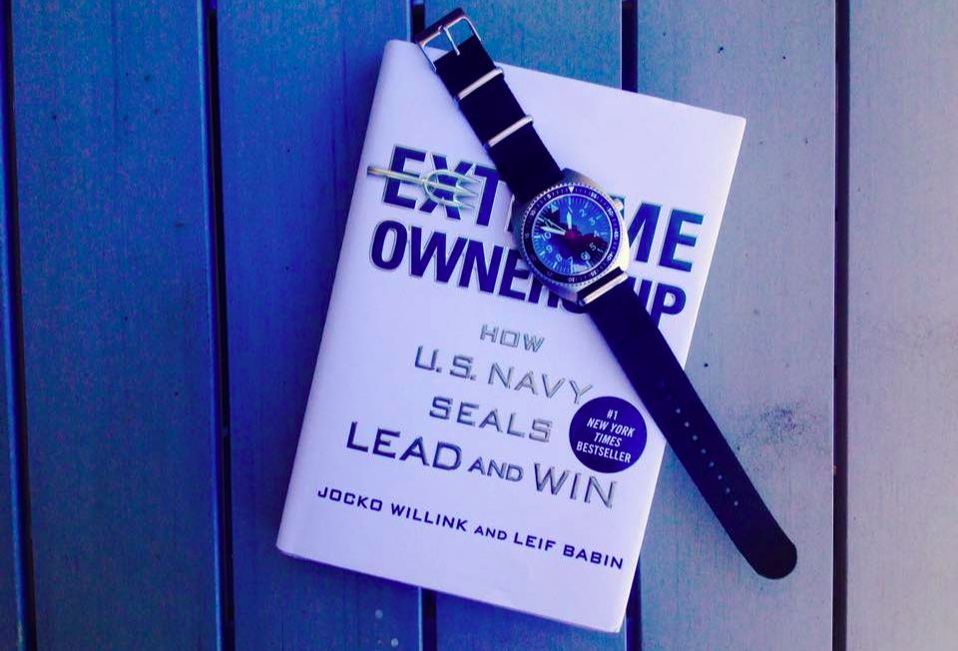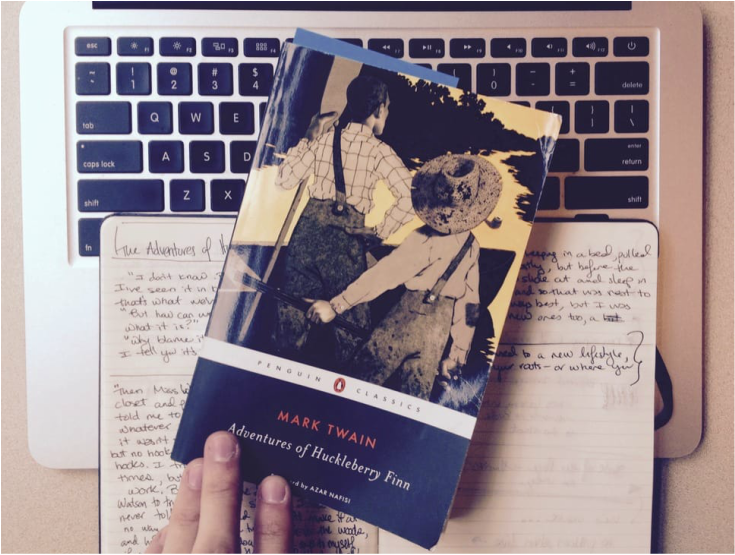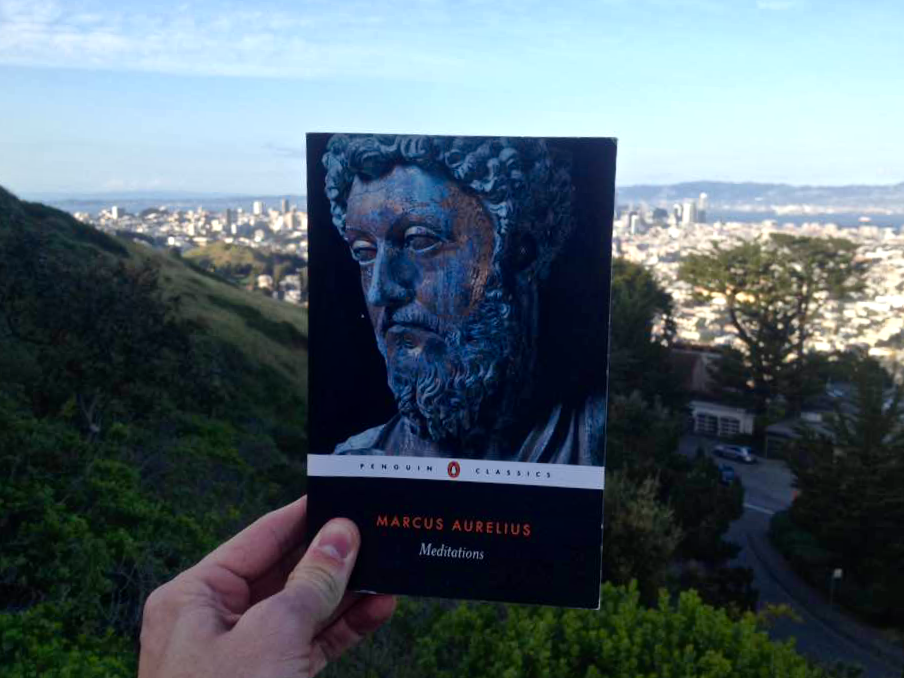An afternoon with cute animals, logical fallacies, and Montara beach views. Circa June 2017
| Dear Friends and Readers: 2018 in T-Minus 15 hours. Per tradition, I've rounded up my Top 10 books from 2017 for your consideration below. Whether you try one or all of them, I hope you get as much out of them as I have. And if you decide to go your own way, be sure to let me know what you find. Oh, and if you're looking for more favorites, here's my 2016 and 2015 picks. Lastly, there is only one 2018. What are you going to do about it? JG P.S. If you're looking for even more, you can sign up for my Reading List. Once per month, I'll send you three books that I absolutely couldn't put down—usually a mix of fiction and nonfiction. I do have certain authors and themes that I gravitate toward. You can get a sense of my tastes by browsing my Top Books list. |
10. SUMMER FOR THE GODS
In Summer for the Gods, Edward J. Larson recounts one of America's most famous courtroom battles: The State of Tennessee vs. John Thomas Scopes, also known as the Scopes Monkey Trial. The year is 1925 and the sleepy town of Dayton in eastern Tennessee has just become the battleground upon which science and religion square off for their place in public schools.
Local math and physics teacher John T. Scopes had disobeyed the Butler Act, which made illegal the teaching in Tennessee public schools of theories that contradicted the biblical creation story found in Genesis. This included Charles Darwin's theory of evolution, for which scientists were finding fossil evidence of across Europe
After reading Inherit the Wind earlier this summer and rewatching this spectacular adaptation by Stanley Kramer, I wanted to dive into the history of the Scopes Monkey Trial. I was expecting to find a crystal clear, resounding victory in favor of liberalism, free speech, and scientific inquiry. The truth, at least how Larson's research presents it, contained not so much a romantic myth as a messy complexity of issues and motivations.
You can read the rest of my recommendation for Summer of the Gods here.
Local math and physics teacher John T. Scopes had disobeyed the Butler Act, which made illegal the teaching in Tennessee public schools of theories that contradicted the biblical creation story found in Genesis. This included Charles Darwin's theory of evolution, for which scientists were finding fossil evidence of across Europe
After reading Inherit the Wind earlier this summer and rewatching this spectacular adaptation by Stanley Kramer, I wanted to dive into the history of the Scopes Monkey Trial. I was expecting to find a crystal clear, resounding victory in favor of liberalism, free speech, and scientific inquiry. The truth, at least how Larson's research presents it, contained not so much a romantic myth as a messy complexity of issues and motivations.
You can read the rest of my recommendation for Summer of the Gods here.
9. BUG-JARGAL
Five years before Victor Hugo wrote his first full-length novel, The Hunchback of Notre-Dame, he penned an incredible novella: Bug-Jargal. Its peculiar title shares the name of the story's hero, a young African king who is taken from his home and sold as a slave in French-colonized Haiti. The year is 1804, and decades of oppression and slavery are suddenly overturned by mass rebellion—one sparked after Bug-Jargal defends a fellow slave from the wrath of a white slaver—and is sentenced to death.
You can read the rest of my recommendation for Bug-Jargal here.
You can read the rest of my recommendation for Bug-Jargal here.
8. SALT: A WORLD HISTORY
Right from Salt's Introduction, I was hooked. Journalist and author Mark Kurlansky traces the common mineral's fascinating story throughout the ages. The only rock that we eat has a center-stage role in ancient Rome's culinary confections, Charles Darwin's exploration of Patagonia, Gandhi's civil disobedience against Britain, and tales of norse Vikings terrorizing the French coastline. The book explores these stories and others in a sort of fusion of food, history, and science. Chock full of quirky anecdotes.
You can read the rest of my recommendation for Salt here.
You can read the rest of my recommendation for Salt here.
7. MYTHOLOGY
Helen's beauty that launched a thousand ships. Prometheus' gift of fire to mankind. Pandora's Box. Hercules' strength. Achilles' heel. Icarus' fall...
These stories are over four thousand years old, but they're still told, and believed in, to this day. They're the original source material for many Hollywood blockbusters and some of Shakespeare's plays. Luke Skywalker, circa The Empire Strikes Back, brashly disregards the advice of the elder Yoda and flies to Cloud City to save his friends, but like Icarus pays the price. Romeo and Juliet are 17th Century versions of Pyramus and Thisbe, the original star-crossed Greek lovers. Jordan Belfort, The Wolf of Wall Street, is a Midas becoming, enriching himself, but emptying his soul.
Greek and Roman myths tap into universal truths; the recurring desires, ideas, and values that every generation experiences. They celebrate and caution different modes of behavior, through personification of virtues and vices. Heroes, villains, gods and humans all play a part in mapping the moral landscape of these series of stories.
You can read the rest of my recommendation for Edith Hamilton's Mythology here.
These stories are over four thousand years old, but they're still told, and believed in, to this day. They're the original source material for many Hollywood blockbusters and some of Shakespeare's plays. Luke Skywalker, circa The Empire Strikes Back, brashly disregards the advice of the elder Yoda and flies to Cloud City to save his friends, but like Icarus pays the price. Romeo and Juliet are 17th Century versions of Pyramus and Thisbe, the original star-crossed Greek lovers. Jordan Belfort, The Wolf of Wall Street, is a Midas becoming, enriching himself, but emptying his soul.
Greek and Roman myths tap into universal truths; the recurring desires, ideas, and values that every generation experiences. They celebrate and caution different modes of behavior, through personification of virtues and vices. Heroes, villains, gods and humans all play a part in mapping the moral landscape of these series of stories.
You can read the rest of my recommendation for Edith Hamilton's Mythology here.
6. THE PRINCESS FAR AWAY
Despite the East and West destroying the world in a series of bloody crusades, songs of Princess Melissinde's beauty and charity have spread from the Far East across all of Christendom to the ear of a French prince and troubadour, Joffrey Rudel. In turn, Rudel's own feelings, in the form of a love song, have traveled back to her tower in Syria, and the prince, refusing "the lesser dream" of the crusades, sails to find his Princess.
However, on his long journey, storms, pirates, and illness strike. As Act I begins, Rudel is dying from a sickness and too weak to walk, but they've almost arrived. Refusing to lose hope and cheering on his starving sailors with his love song, they continue chasing the sunrise in the distant horizon. It's just enough to bring them to spot Syria's shoreline with "sand like a lion's pelt beneath the sun." Rudel's best friend, Bertrand, rushes into the city to find the princess far away before it's too late.
You can read my full recommendation of Rostand's The Princess Far Away here.
However, on his long journey, storms, pirates, and illness strike. As Act I begins, Rudel is dying from a sickness and too weak to walk, but they've almost arrived. Refusing to lose hope and cheering on his starving sailors with his love song, they continue chasing the sunrise in the distant horizon. It's just enough to bring them to spot Syria's shoreline with "sand like a lion's pelt beneath the sun." Rudel's best friend, Bertrand, rushes into the city to find the princess far away before it's too late.
You can read my full recommendation of Rostand's The Princess Far Away here.
5. INHERIT THE WIND
Inherit the Wind is the dramatic reimagining of the famous Scopes Monkey Trial of 1925, in which high school teacher John T. Scopes was arrested for teaching Darwin's theory of evolution as an alternative explanation of the origin of life than the one found in the Bible — defying Tennessee's Butler Act.
In the play's introduction though, authors Jerome Lawrence and Robert E. Lee write, "...Inherit the Wind does not pretend to be journalism. It is theatre. It is not 1925. The stage directions set the time as "Not too long ago." It might have been yesterday. It could be tomorrow."
And so, in the courthouse of a small Tennessee town suffering through a sweltering July, Chicago attorney Henry Drummond defends a law-breaking science teacher from the wrath of his religious hometown, a veteran prosecutor, and state legislature.
You can read my full recommendation for Lawrence' and Lee's play Inherit the Wind here.
In the play's introduction though, authors Jerome Lawrence and Robert E. Lee write, "...Inherit the Wind does not pretend to be journalism. It is theatre. It is not 1925. The stage directions set the time as "Not too long ago." It might have been yesterday. It could be tomorrow."
And so, in the courthouse of a small Tennessee town suffering through a sweltering July, Chicago attorney Henry Drummond defends a law-breaking science teacher from the wrath of his religious hometown, a veteran prosecutor, and state legislature.
You can read my full recommendation for Lawrence' and Lee's play Inherit the Wind here.
4. THE SCARLET LETTER
Hester Prynne, an independent-minded woman in Puritan New England, has just given birth to a child conceived out of wedlock. The community demands retribution. Some call for her execution. And one man in particular seems hell-bent on exposing the father to suffer the same fate.
The town's Minister, Arthur Dimmesdale, along with the Governor, are unable to extract her lover's identity, but throw a mercy upon her by instead sentencing her to wear a scarlet letter "A" (for Adulteress) on her shirt indefinitely. Hester, half-ashamed, half-indignant, perhaps even proud, sufferers through a three hour public humiliation stand on the town square's scaffold, but for the rest of the story, will struggle to reclaim her identity and life.
This is my second reading of The Scarlet Letter. I love the work's exploration of the individual's place in society, the topics of personal freedom, passion, religion, hypocrisy, and forgiveness. Hawthorne's directness and moral perspective hits me hard. He doesn't beat around the (rose) bush, and ratchets up the stakes for the main characters with the construction of a dramatic plot.
You can read my full recommendation of Hawthorne's The Scarlet Letter here.
The town's Minister, Arthur Dimmesdale, along with the Governor, are unable to extract her lover's identity, but throw a mercy upon her by instead sentencing her to wear a scarlet letter "A" (for Adulteress) on her shirt indefinitely. Hester, half-ashamed, half-indignant, perhaps even proud, sufferers through a three hour public humiliation stand on the town square's scaffold, but for the rest of the story, will struggle to reclaim her identity and life.
This is my second reading of The Scarlet Letter. I love the work's exploration of the individual's place in society, the topics of personal freedom, passion, religion, hypocrisy, and forgiveness. Hawthorne's directness and moral perspective hits me hard. He doesn't beat around the (rose) bush, and ratchets up the stakes for the main characters with the construction of a dramatic plot.
You can read my full recommendation of Hawthorne's The Scarlet Letter here.
3. EXTREME OWNERSHIP
Extreme Ownership is a serious gut-check of a book. My old boss at Huckberry recommended this one and I'm so glad I took up the challenge. From the Preface, I was hooked and able to find applications of its central ideas to better work across teams, manage freelancers, communicate with vendors and supervisors; but most importantly, to assess my own work.
I've also listened to a few of Jocko's podcasts and am really impressed by his thoughtfulness and integrity. Plus, being in the presence of such accomplished men, veterans who've overcome the most dangerous and difficulty training, makes most of my problems look like cake walk. Perspective.
You can read my full recommendation of Jocko Willink and Leif Babin's Extreme Ownership here.
I've also listened to a few of Jocko's podcasts and am really impressed by his thoughtfulness and integrity. Plus, being in the presence of such accomplished men, veterans who've overcome the most dangerous and difficulty training, makes most of my problems look like cake walk. Perspective.
You can read my full recommendation of Jocko Willink and Leif Babin's Extreme Ownership here.
2. THE MAN WHO WAS CYRANO
Sue Lloyd's biography of Edmond Rostand is simply incredible. After reading the French playwright's best-known work Cyrano de Bergerac last December, and then in early 2017 most of his other plays (Chantecler, The Eaglet, and The Princess Far Away), I've found a new favorite writer. Rostand's grand view of life's possibilities, his passionate defense of idealism, pride, and integrity, his poetic wit and dramatic imagination—all this is more that enough, but meeting the man by way of Lloyd's passionate and precise research was the greatest biographical experience I've ever had.
Organized into five acts, The Man Who Was Cyrano traces Edmond's childhood and adolescence, rising dramatic aspirations, climactic artistic achievements, and his final years. She brilliantly brings the artist's eccentricities and passions to life with the help of first-hand letters and work notes, anecdotes and accounts from friends, families, and colleagues, a trove of historic documents, and her own detective work.
You can read my full recommendation of Sue Lloyd's terrific biography of Edmond Rostand, The Man Who Was Cyrano, here.
Organized into five acts, The Man Who Was Cyrano traces Edmond's childhood and adolescence, rising dramatic aspirations, climactic artistic achievements, and his final years. She brilliantly brings the artist's eccentricities and passions to life with the help of first-hand letters and work notes, anecdotes and accounts from friends, families, and colleagues, a trove of historic documents, and her own detective work.
You can read my full recommendation of Sue Lloyd's terrific biography of Edmond Rostand, The Man Who Was Cyrano, here.
1. CHANTECLER
In Chantecler, we meet a rooster who lords over the hens and other farm animals with a sincere conviction in his own importance. After all it's he, Chantecler, who causes the sun to rise with his "crimson cry" every morning. The Blackbird, has named him "The Grand Master of Illumination," because his Cock-a-Doodle-Doo awakens the whole farm, the surrounding forest, and the entire valley from night.
But Patau, the farm dog and best friend of Chantecler warns him that Blackbird is insincere: "Be not deceived by [the blackbird's] size! Evil makes his models first on a tiny scale. The soul of a cutlass dwells in the pocket-knife; blackbird and crow are the same...and the striped wasp is a tiger in miniature." Chantecler dismisses Patau's warnings, unable to conceive of someone being so insincere and artificial. Soon though, we learn that Blackbird is in fact the orchestrator of a conspiracy to assassinate the rooster. The owls, the cats, and even some of Chantecler's own hens, secretly hate his idealistic attitude and sense of self-importance.
The 4 Act play is cleverly structured into two days and two nights, during which Chantecler becomes increasingly aware of the insincerity of his friends, of their disguised hatred for his heroic stature, and his desire to be heroic. In the story's brilliant climax, situated in the farm's surrounding forest, our hero must confront and question his core belief: does he cause the sun to rise? And if not, do heroes still exist?
You can read my full recommendation of Rostand's play Chantecler here.
But Patau, the farm dog and best friend of Chantecler warns him that Blackbird is insincere: "Be not deceived by [the blackbird's] size! Evil makes his models first on a tiny scale. The soul of a cutlass dwells in the pocket-knife; blackbird and crow are the same...and the striped wasp is a tiger in miniature." Chantecler dismisses Patau's warnings, unable to conceive of someone being so insincere and artificial. Soon though, we learn that Blackbird is in fact the orchestrator of a conspiracy to assassinate the rooster. The owls, the cats, and even some of Chantecler's own hens, secretly hate his idealistic attitude and sense of self-importance.
The 4 Act play is cleverly structured into two days and two nights, during which Chantecler becomes increasingly aware of the insincerity of his friends, of their disguised hatred for his heroic stature, and his desire to be heroic. In the story's brilliant climax, situated in the farm's surrounding forest, our hero must confront and question his core belief: does he cause the sun to rise? And if not, do heroes still exist?
You can read my full recommendation of Rostand's play Chantecler here.
YOU MAY ALSO LIKE






